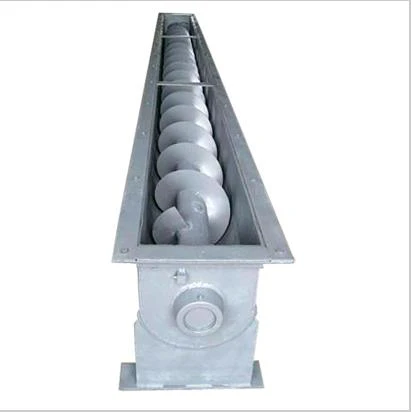metal cable track
Understanding Metal Cable Tracks Innovations and Applications
Metal cable tracks, also known as cable carriers or drag chains, are essential components in various industrial applications, providing a reliable means for managing and protecting cables in motion. As industries continue to evolve, the role of metal cable tracks has grown significantly, making them a critical element in the design of machinery and automation systems.
What Are Metal Cable Tracks?
Metal cable tracks are designed to guide and protect cables and hoses in applications where movement is involved. They consist of linked segments that form a channel, allowing cables to slide through while preventing tangling, abrasion, and damage. These tracks are typically constructed from durable materials such as aluminum, stainless steel, or other specialized metals that can withstand harsh environments and provide longevity.
Benefits of Metal Cable Tracks
1. Durability Unlike plastic alternatives, metal cable tracks offer superior strength and resistance to wear and tear. They are capable of withstanding extreme temperatures, chemical exposure, and heavy loads, making them ideal for industrial applications.
2. Safety By enclosing cables within a protective track, the risk of accidents caused by exposed cables is minimized. This is particularly important in environments with heavy machinery, where loose cables can pose serious safety hazards.
3. Efficiency Metal cable tracks help streamline operations by organizing cables and hoses, reducing clutter, and ensuring smooth movement. This organization leads to lower maintenance costs and less downtime for repairs.
4. Versatility Available in various sizes and configurations, metal cable tracks can be customized to suit specific applications, from small robotic arms to large industrial machinery. This flexibility makes them a popular choice across different sectors.
metal cable track

Applications of Metal Cable Tracks
1. Manufacturing In manufacturing plants, metal cable tracks are used to manage cables that power robotic arms, conveyor belts, and other automated systems. Their ability to handle movement while protecting sensitive wires is crucial in maintaining efficient production lines.
2. Aerospace The aerospace industry employs metal cable tracks for both civil and military applications. Here, the tracks serve to protect critical wiring in aircraft and spacecraft, ensuring that these systems can operate safely and effectively under high-stress conditions.
3. Material Handling In the material handling sector, metal cable tracks are vital for the safe operation of equipment such as cranes and lifts. They help manage the cables needed for electric drives and controls, improving the reliability of heavy lifting operations.
4. Marine Applications Metal cable tracks are used in marine environments for their corrosion resistance and durability. They can be found in various vessels, including cargo ships and submarines, where they protect vital electrical systems against the elements.
Innovations in Metal Cable Track Design
Recent advancements in technology have led to innovative designs in metal cable tracks. For instance, some manufacturers now offer tracks with integrated sensors that monitor cable conditions, providing real-time data on wear and tear. Additionally, advancements in manufacturing techniques allow for the creation of lighter yet stronger tracks, enhancing their efficiency without compromising their durability.
Conclusion
As industries face growing demands for automation, safety, and efficiency, metal cable tracks are becoming increasingly significant. Their durability, safety features, and versatility make them indispensable in managing cables and hoses across various applications. With ongoing innovations in their design and functionality, metal cable tracks will continue to play a central role in the advancement of industrial processes, ensuring reliable operation and paving the way for future technological developments. As we look ahead, the importance of these components will only increase, marking a critical relationship between cable management systems and the evolution of industry.








